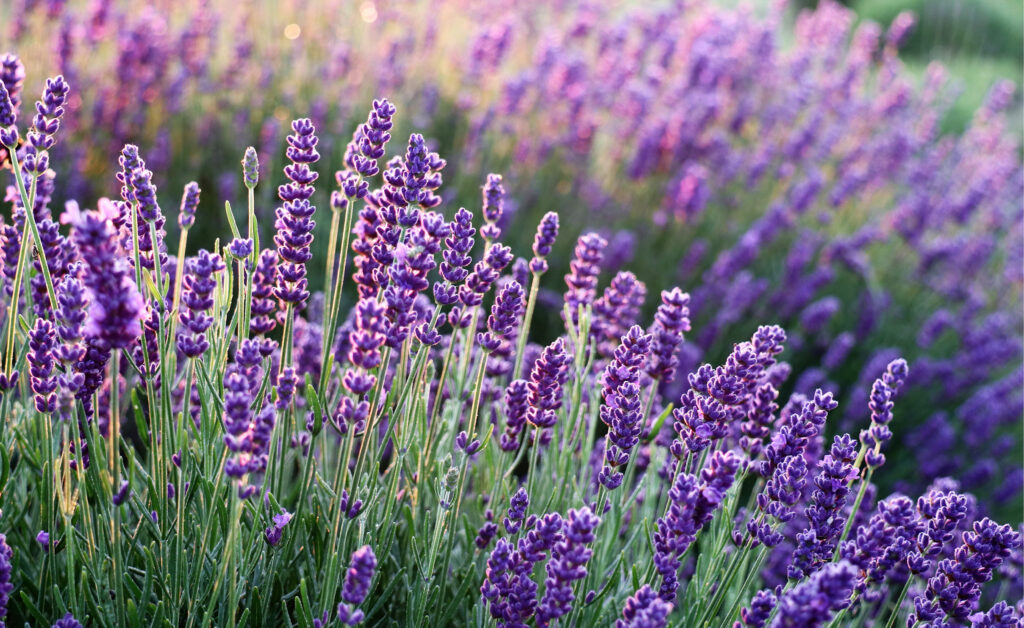by Matt Hall, Redfeather Horticulture –
As any south Island gardener knows, our climate is Mediterranean, meaning that it’s closer in weather to coastal Spain than it is to most other Canadian cities. With the warming summers and longer periods of drought, gardeners have embraced many plants from elsewhere in the world that have comparable climate to ours. There is no better representative of this than one of our favourite perennials: lavender!
Our Favourite Varieties
Grosso – a hybrid between English and Portuguese lavenders. A large plant that has some of the longest stems and most fragrant buds. Grosso is the most prominent lavender used in essential oils and cosmetics.
Hidcote – a cultivar of English lavender that has a naturally compact shape (two by two feet) but has long enough flower stems that it can still be cut and bundled.
Anouk – a cultivar that has a compact size with the typical pineapple-shaped buds of Spanish lavender. Unfortunately, the Spanish lavenders are not as hardy as the English, French or hybrids so may be damaged (or lost) during cold winters.
Provence – another large growing lavender that is known for having high heat tolerance and large flower heads. Provence also excels in culinary uses.
Planting
If you have a spot that is full sun and has poor soil, then lavender is the plant for you. They’ll excel in sites where most other perennials fail. They just need to have excellent drainage, as wet winter soil is an enemy of healthy lavender. We have found that established plants will thrive on only one or two heavy waterings a week. Of course this is dependent on drainage and the age of the plants.
Maintenance
As I said before, lavender prefers more barren soils, which means they also don’t need to be heavily fertilized. We’ve found that a foliar feeding of kelp extract at the start of the growing season is more than enough for the year.
Although lavender is easy to prune, we find that this is the step that trips up most home gardeners. If harvesting the plants, then do so whenever best suits your needs. We then prune in August, or when any remaining flowers have dried up. This is done using clean secateurs or shears, by shaping the plant into a gentle dome. Make sure to leave two to three inches of green growth on each stem and not to cut down to the old wood. Well-pruned lavender will provide the most flowers next year, have an elegant shape and will live much longer than un-pruned plants.
We also find that most plants need a bit of a spring touch-up with the shears before they start budding out. There is usually some frost damage that needs to be pruned off to make way for the new buds. This is also a great time to inventory your plant’s health and remove any branches that have been damaged or have died back over the winter.
Otherwise, that’s really all you need to know to add a little bit of Southern Europe to your West Coast garden. Let us know if we can answer any of your additional lavender questions at info@rflh.ca.




